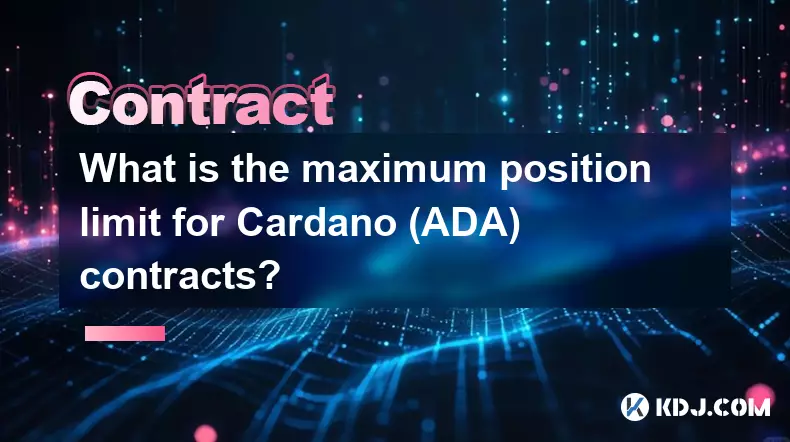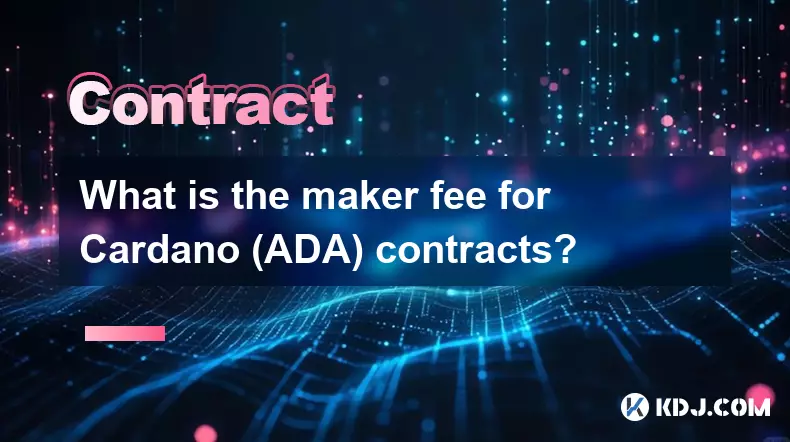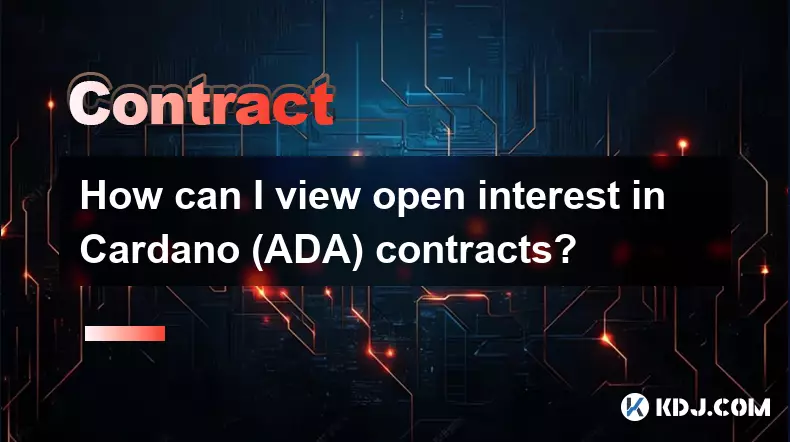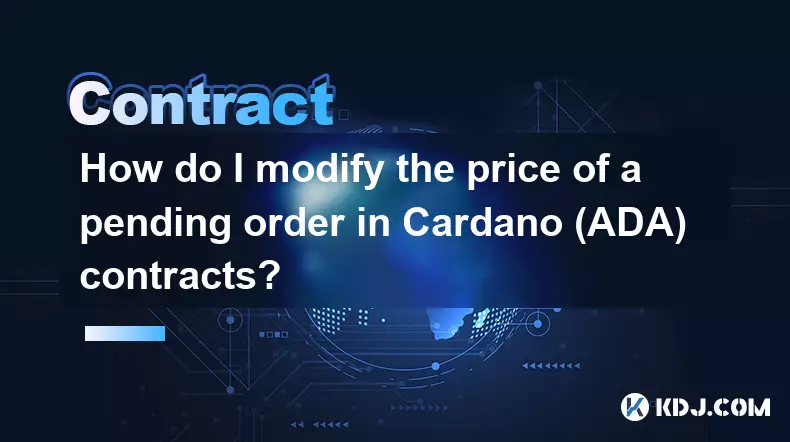-
 bitcoin
bitcoin $109523.663807 USD
-0.13% -
 ethereum
ethereum $4019.526508 USD
2.06% -
 tether
tether $1.000482 USD
0.00% -
 xrp
xrp $2.776815 USD
0.18% -
 bnb
bnb $958.942396 USD
0.12% -
 solana
solana $204.294698 USD
3.84% -
 usd-coin
usd-coin $0.999693 USD
0.00% -
 dogecoin
dogecoin $0.232115 USD
2.09% -
 tron
tron $0.338028 USD
0.84% -
 cardano
cardano $0.790920 USD
1.50% -
 hyperliquid
hyperliquid $44.871443 USD
5.60% -
 ethena-usde
ethena-usde $1.000322 USD
0.04% -
 chainlink
chainlink $21.034165 USD
2.60% -
 avalanche
avalanche $28.794831 USD
-0.54% -
 stellar
stellar $0.360466 USD
1.24%
How to calculate the contract liquidation price?
In futures trading, when account equity drops below the maintenance margin, the liquidation price determines at which price open positions are closed to mitigate losses.
Oct 08, 2024 at 10:33 am

In futures trading, liquidation occurs when a trader's account equity falls below a certain threshold, known as the maintenance margin. When this happens, the broker will automatically close out the trader's open positions to recover the losses. The liquidation price is the price at which the positions are closed out.
Here's how to calculate the contract liquidation price:
1. Determine the Maintenance MarginThe maintenance margin is typically a percentage of the total value of the open positions. The exact percentage varies depending on the broker and the underlying asset.
Example: If the maintenance margin is 20% and the total value of the open positions is $100,000, then the maintenance margin would be $20,000.
2. Calculate the EquityEquity is the difference between the total value of the open positions and the total margin (initial margin + maintenance margin).
Example: If the total value of the open positions is $100,000 and the maintenance margin is $20,000, then the equity would be $80,000.
3. Determine the Liquidation PriceThe liquidation price is the price at which the broker will close out the trader's positions to recover the losses. It is calculated using the following formula:
Liquidation Price = (Maintenance Margin / Equity) * Total Value of Open PositionsExample: If the maintenance margin is $20,000, the equity is $80,000, and the total value of the open positions is $100,000, then the liquidation price would be:
Liquidation Price = (20,000 / 80,000) * 100,000 = $25,000This means that if the price of the underlying asset falls below $25,000, the broker will close out the trader's open positions and liquidate the account.
Disclaimer:info@kdj.com
The information provided is not trading advice. kdj.com does not assume any responsibility for any investments made based on the information provided in this article. Cryptocurrencies are highly volatile and it is highly recommended that you invest with caution after thorough research!
If you believe that the content used on this website infringes your copyright, please contact us immediately (info@kdj.com) and we will delete it promptly.
- BlockchainFX: The Crypto Presale Primed for a 2025 ROI Explosion
- 2025-09-27 18:25:19
- ETH Price Check: Smart Money Stays Cool Amidst ATH Rollercoaster
- 2025-09-27 18:25:19
- Aster Price, MrBeast, and DEX Volumes: What's the Buzz?
- 2025-09-27 18:45:11
- Shiba Inu, Meme Coins, and MAGACOIN FINANCE: What's Next?
- 2025-09-27 18:45:11
- Aster DEX: Navigating DeFi's Future with Price Predictions and Key Insights
- 2025-09-27 18:50:01
- Virtuals Protocol's New Genesis: A Deep Dive into the Launch and $VIRTUAL's Potential
- 2025-09-27 18:50:01
Related knowledge

How do I enable the "scalping-only" mode for Cardano (ADA) contracts?
Sep 24,2025 at 03:19am
Understanding Scalping Strategies in Crypto Derivatives1. Scalping in cryptocurrency trading refers to executing multiple short-term trades within min...

What is the maximum position limit for Cardano (ADA) contracts?
Sep 23,2025 at 11:00pm
Understanding ADA Futures and Derivatives Market Structure1. Cardano (ADA) futures contracts are offered by several major cryptocurrency derivatives e...

What is the maker fee for Cardano (ADA) contracts?
Sep 26,2025 at 09:01am
Understanding Maker Fees in Cardano (ADA) Contracts1. The concept of maker fees applies broadly across decentralized exchanges and smart contract plat...

How can I view open interest in Cardano (ADA) contracts?
Sep 24,2025 at 07:36am
Understanding Open Interest in Cardano Derivatives1. Open interest refers to the total number of outstanding derivative contracts, such as futures or ...

How do I modify the price of a pending order in Cardano (ADA) contracts?
Sep 27,2025 at 01:00am
Understanding Pending Orders in Cardano Smart Contracts1. Cardano operates on a proof-of-stake blockchain that supports smart contracts through its Pl...

What is the function of the insurance fund in Cardano (ADA) contracts?
Sep 24,2025 at 02:18am
Understanding the Role of Insurance Funds in Cardano Smart Contracts1. The insurance fund within Cardano's ecosystem is not a native feature directly ...

How do I enable the "scalping-only" mode for Cardano (ADA) contracts?
Sep 24,2025 at 03:19am
Understanding Scalping Strategies in Crypto Derivatives1. Scalping in cryptocurrency trading refers to executing multiple short-term trades within min...

What is the maximum position limit for Cardano (ADA) contracts?
Sep 23,2025 at 11:00pm
Understanding ADA Futures and Derivatives Market Structure1. Cardano (ADA) futures contracts are offered by several major cryptocurrency derivatives e...

What is the maker fee for Cardano (ADA) contracts?
Sep 26,2025 at 09:01am
Understanding Maker Fees in Cardano (ADA) Contracts1. The concept of maker fees applies broadly across decentralized exchanges and smart contract plat...

How can I view open interest in Cardano (ADA) contracts?
Sep 24,2025 at 07:36am
Understanding Open Interest in Cardano Derivatives1. Open interest refers to the total number of outstanding derivative contracts, such as futures or ...

How do I modify the price of a pending order in Cardano (ADA) contracts?
Sep 27,2025 at 01:00am
Understanding Pending Orders in Cardano Smart Contracts1. Cardano operates on a proof-of-stake blockchain that supports smart contracts through its Pl...

What is the function of the insurance fund in Cardano (ADA) contracts?
Sep 24,2025 at 02:18am
Understanding the Role of Insurance Funds in Cardano Smart Contracts1. The insurance fund within Cardano's ecosystem is not a native feature directly ...
See all articles









































































